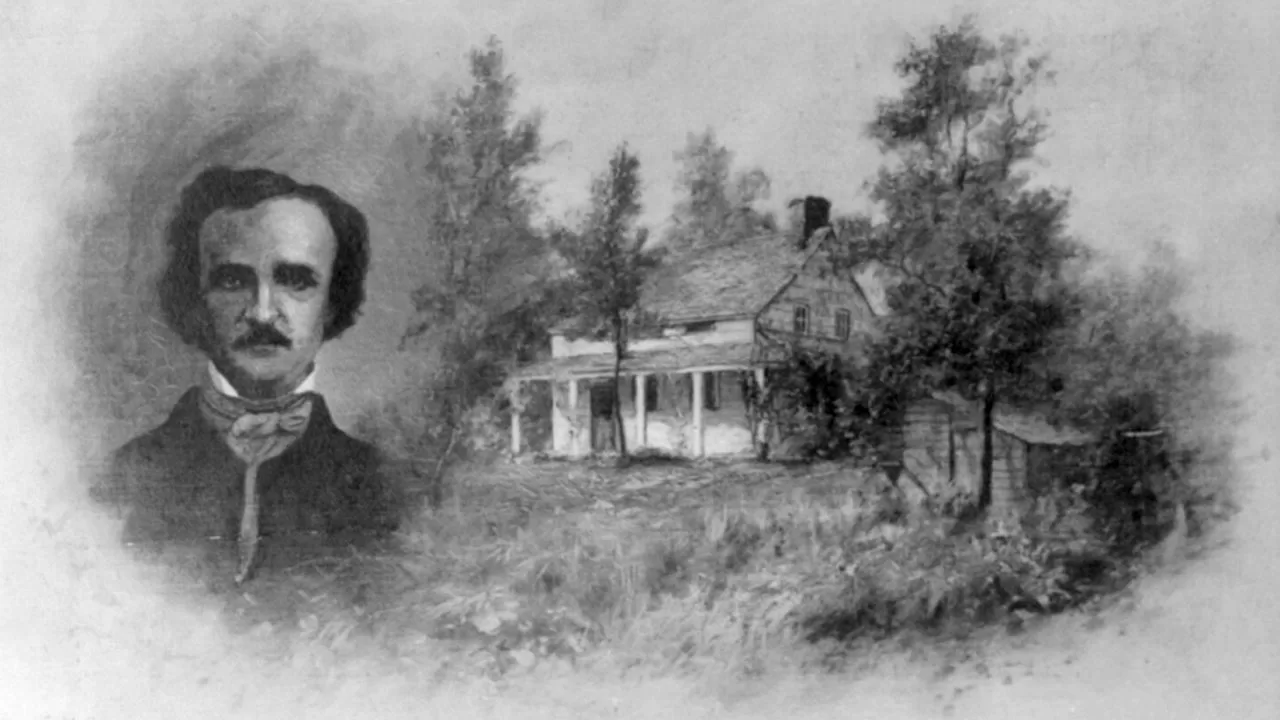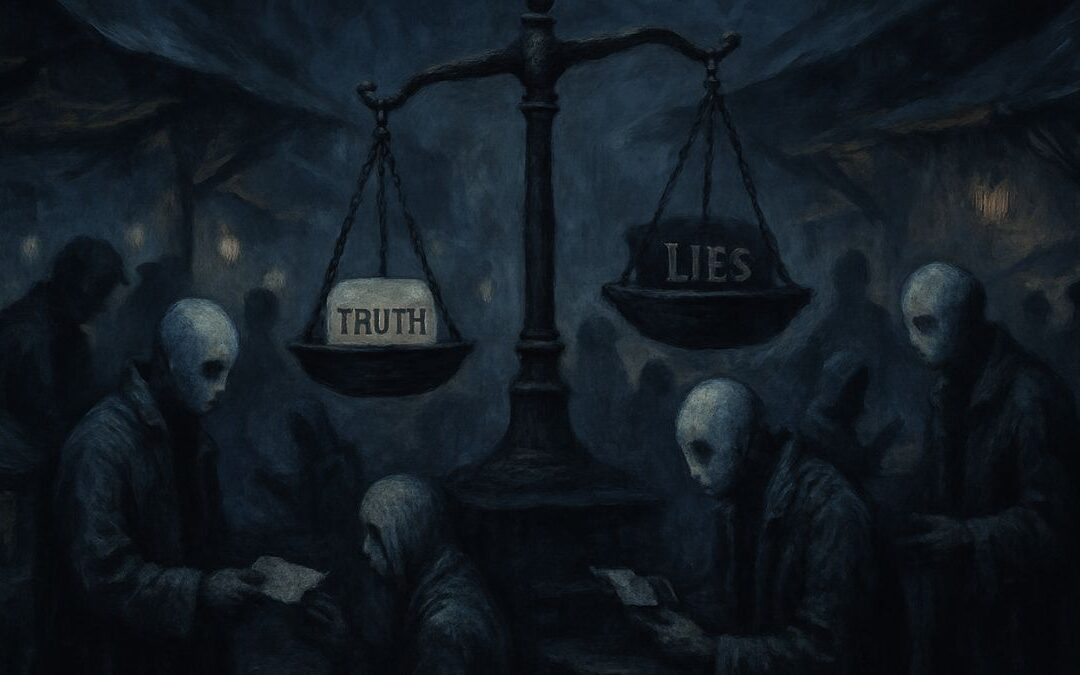In the annals of literary history, few names conjure a mix of mystery, horror, and poetic beauty quite like Edgar Allan Poe. The aura of his writings, characterized by the quintessential elements of the gothic and the grotesque, extends beyond the confines of his storied life, echoing the tumultuous and enigmatic existence that inspired his masterpieces.
Poe’s early life was marred by tragic circumstances. Orphaned at a young age, the ebbs and flows of loss and abandonment shaped the contours of his soul, imbuing his writings with a hauntingly dark resonance. Each narrative, a window into the abyss of a soul marked by insurmountable afflictions and profound sensitivity.
His education and formative years were as eclectic as the tales he spun. He was a scholar, nurtured in the revered halls of the University of Virginia, yet, equally, a sojourner of the darker paths of existence, where the haunting melodies of melancholy and despair whispered the verses of his famed compositions.
Poe was not just an author but an artisan of the macabre. His narratives, intricately woven with psychological intensity and supernatural elements, brought to life a genre that would echo through centuries. Tales like “The Tell-Tale Heart” and “The Fall of the House of Usher” epitomize the synthesis of horror and elegance, dread and beauty.
His contribution to the detective genre is equally laudable. In “The Murders in the Rue Morgue,” Poe introduced the world to the analytical prowess of C. Auguste Dupin, the prototype of the fictional detectives that would later populate the literary world. Herein lay the genesis of a narrative tradition that would be emulated by literary stalwarts like Sir Arthur Conan Doyle.
Yet, amidst the accolades, Poe’s life was a labyrinth of personal trials. Poverty, despair, and tragedy were steadfast companions. Each piece of literature, while a testament to his literary genius, also unveiled the haunting spectres of his troubled existence. His prose, poetry, and narrative compositions were crucibles where art and anguish met and melded.
“The Raven,” perhaps Poe’s most iconic piece, exemplifies the intersection of his literary artistry and personal torment. Each verse, echoing the harrowing refrain of “nevermore,” unveils the labyrinth of loss, yearning, and the indefatigable spectre of despair that marks the human condition. It is a narrative masterpiece that encapsulates the enigmatic dance of beauty and horror, an echo of Poe’s own existence.
In the twilight of his years, under circumstances as mysterious and enigmatic as his tales, Poe met his end. Yet, death did not silence the echoes of his influence. His legacy, a haunting melody of the macabre, the tragic, and the beautiful, permeates the corridors of literature, art, and popular culture.
Films, literature, music, and art continue to be inspired by Poe’s enigmatic creations. Each narrative, each verse, is an undying testament to a soul that, though marked by insurmountable tragedies, birthed compositions of inimitable beauty and haunting resonance. In the echoing halls of horror, detective, and gothic literature, the whisper of Poe’s legacy, as haunting and indefatigable as the refrain of “nevermore,” lives on.
Crossword Puzzle in Context
All the words you need to solve the crossword puzzle below can be found in the text above. Enjoy!











0 Comments